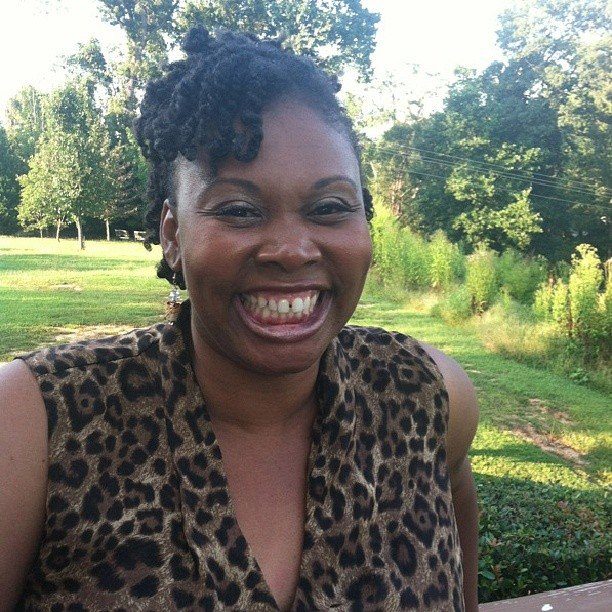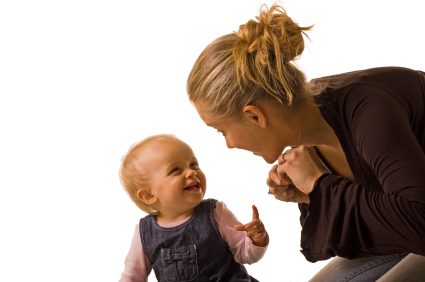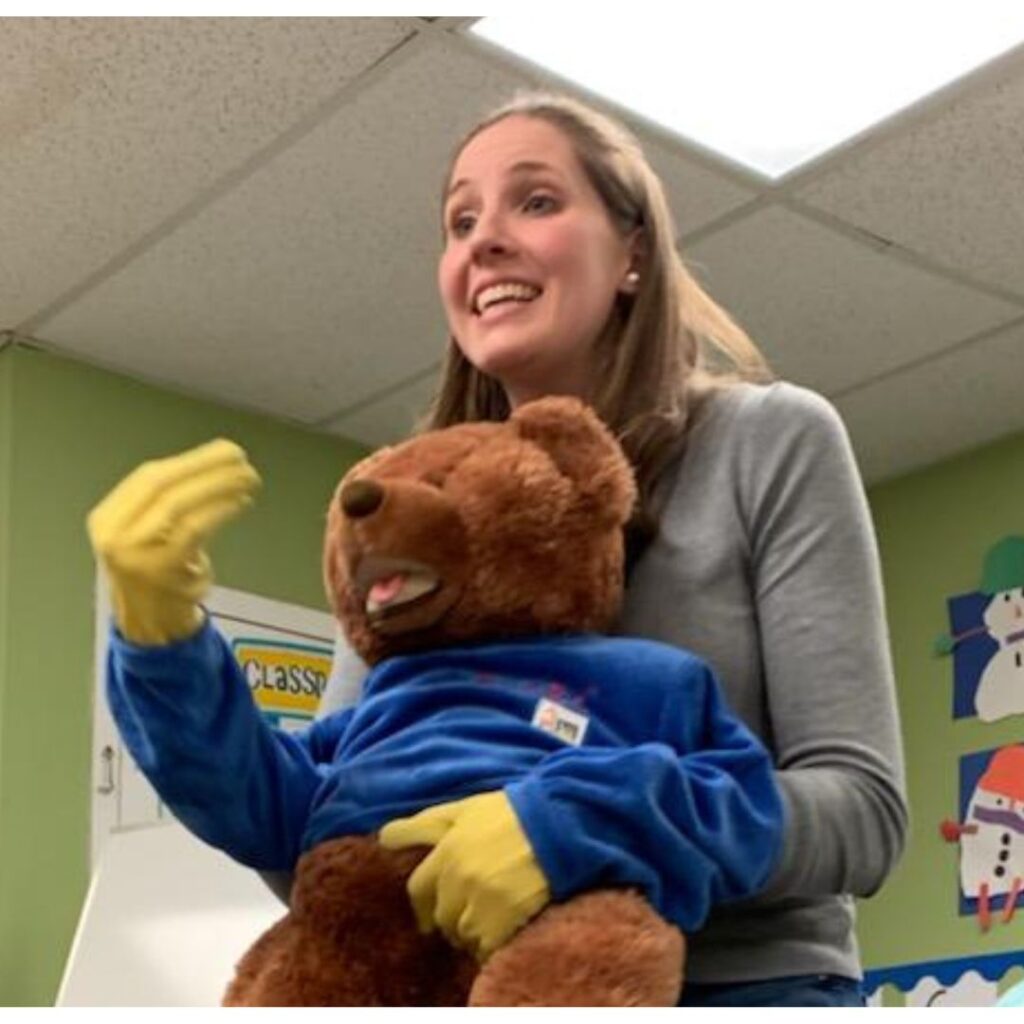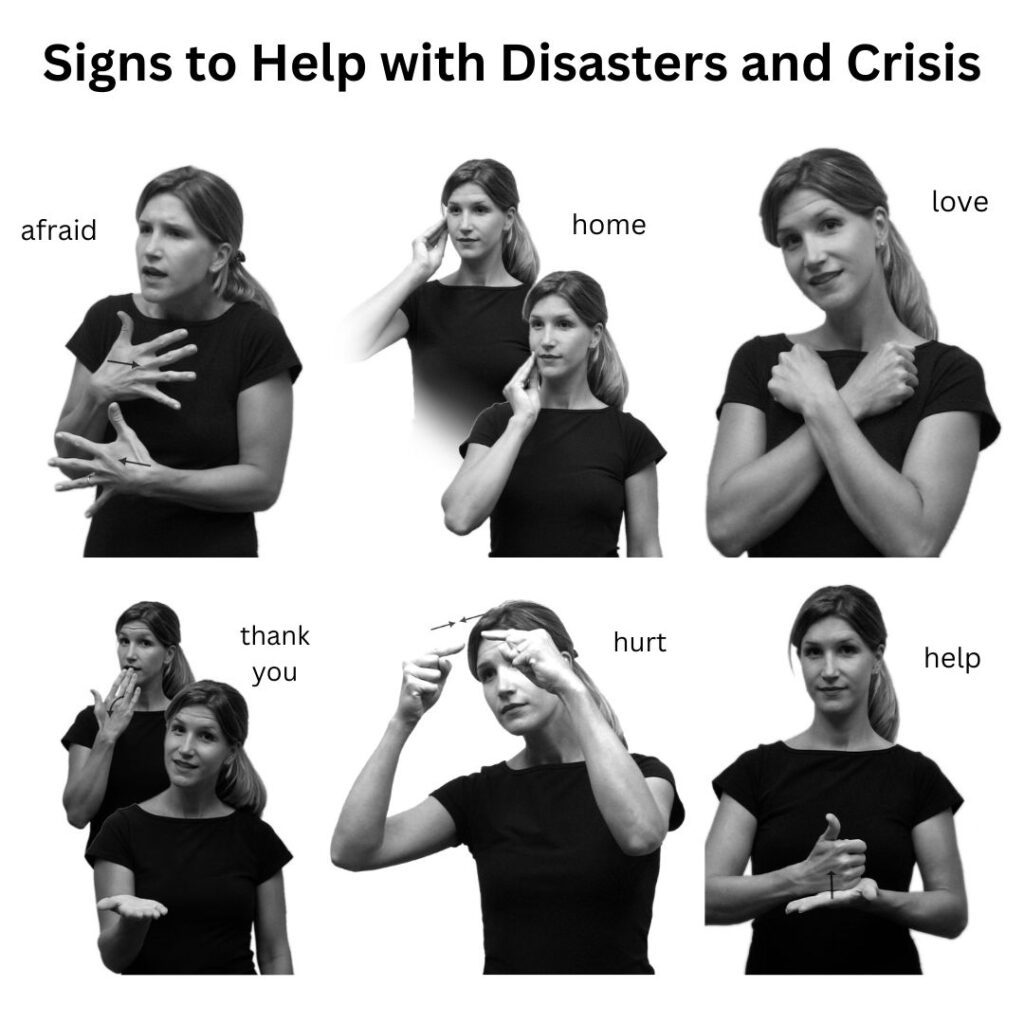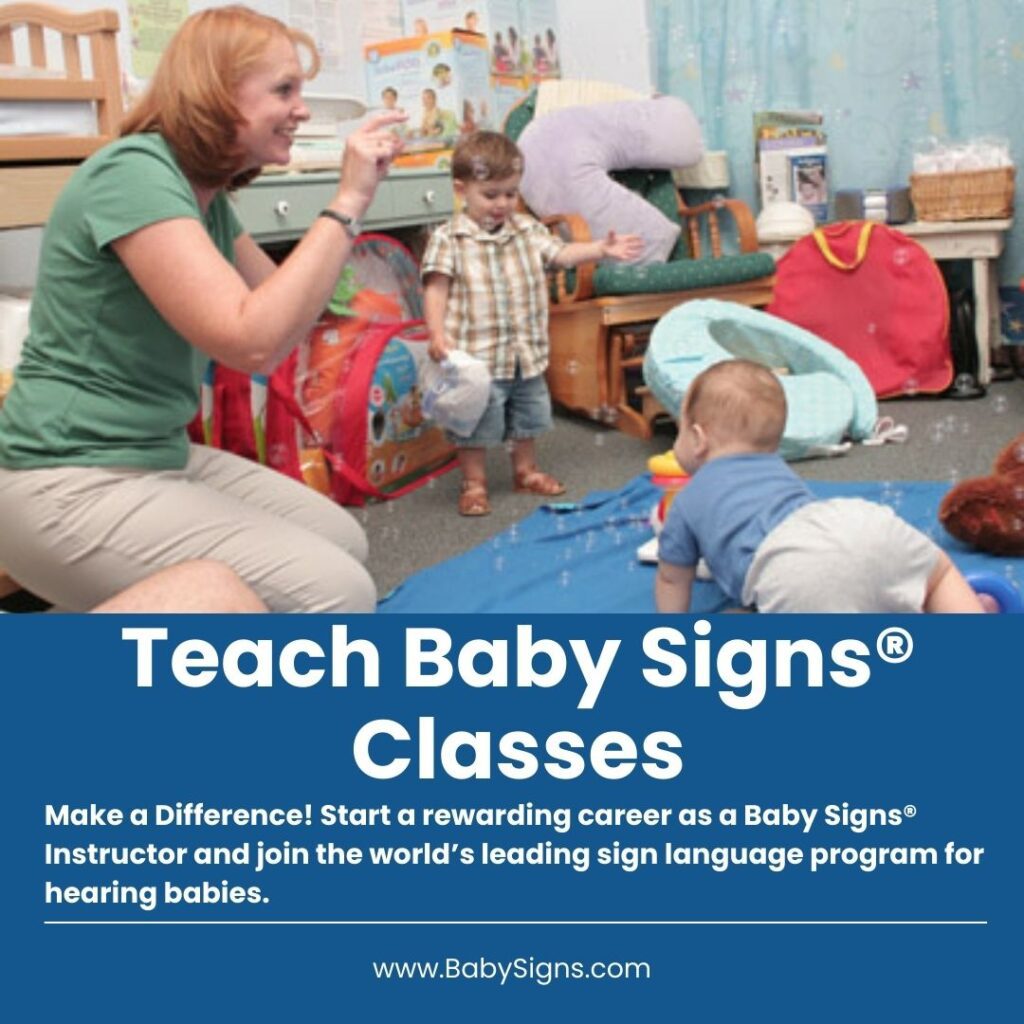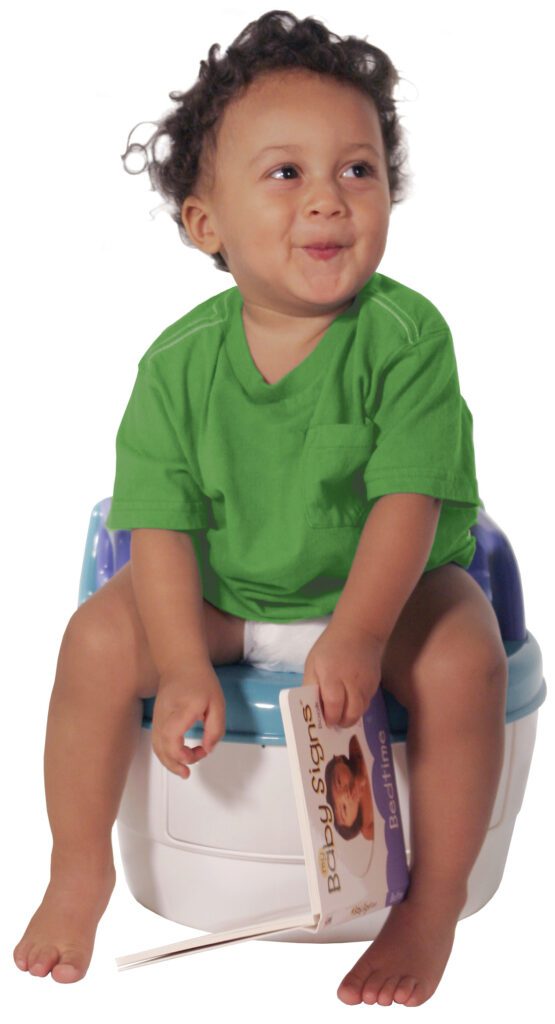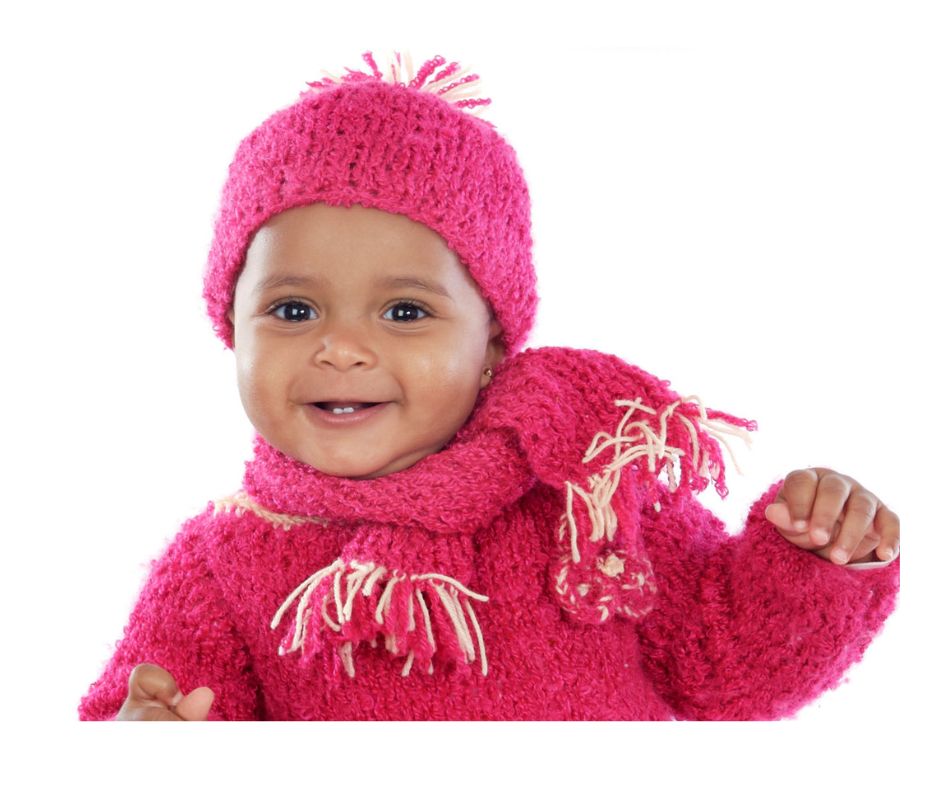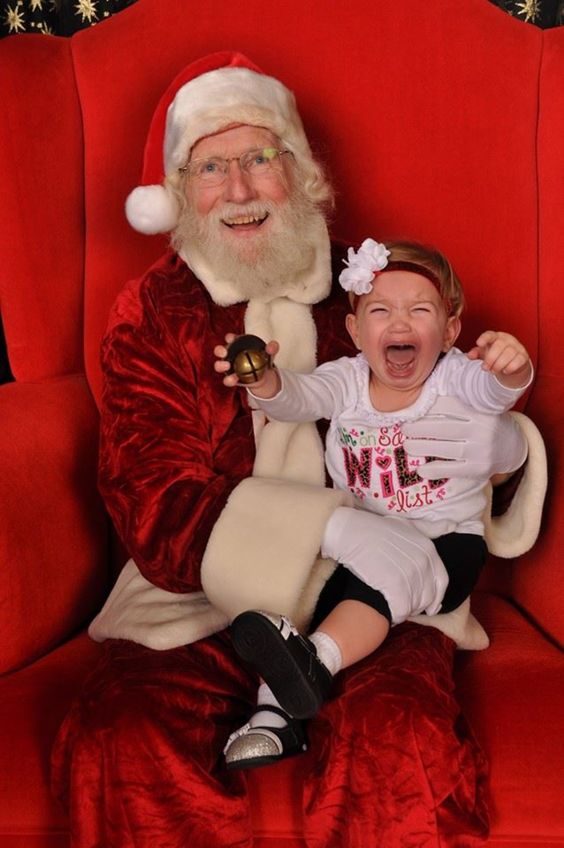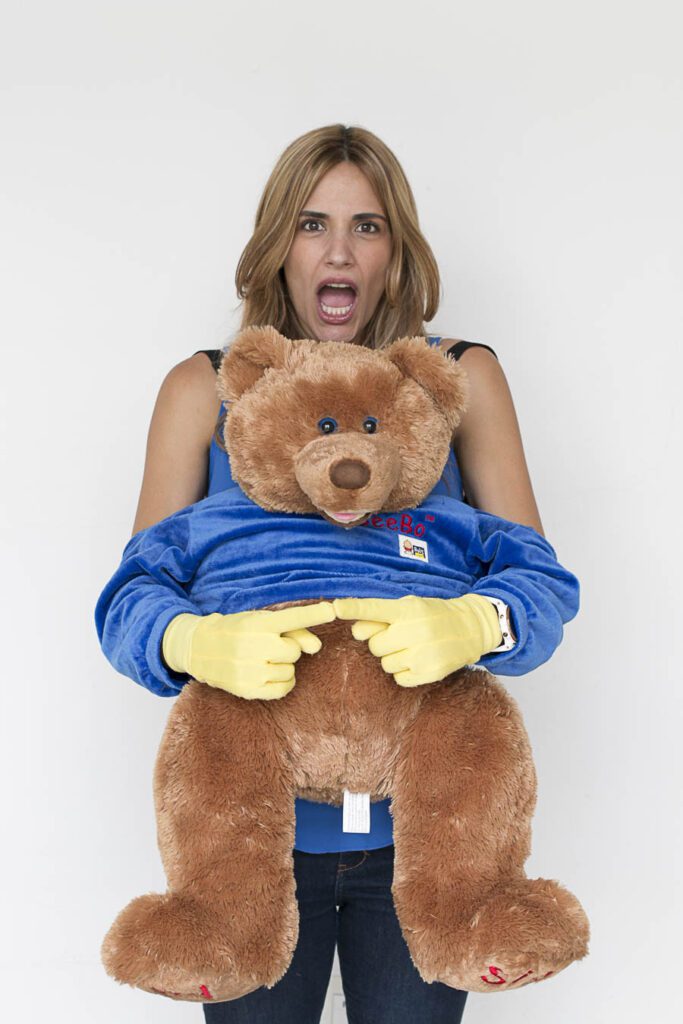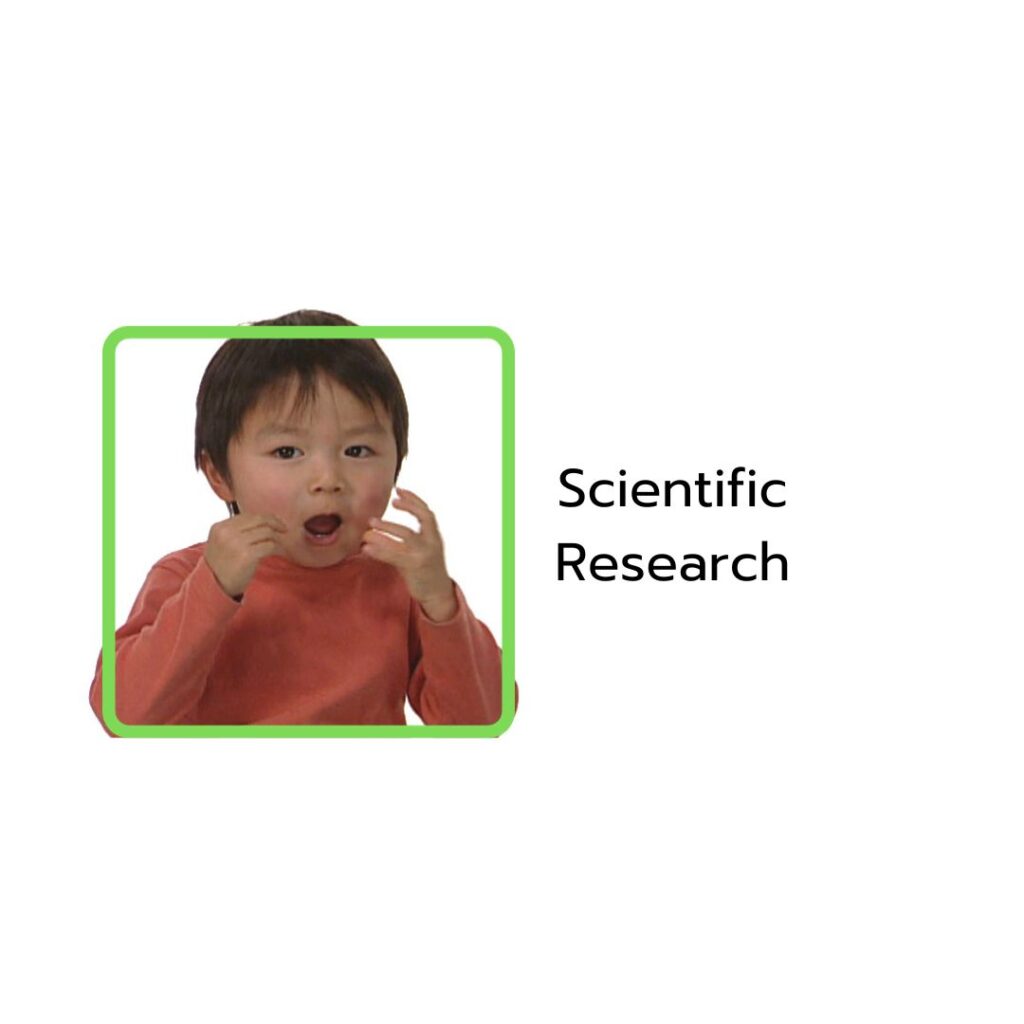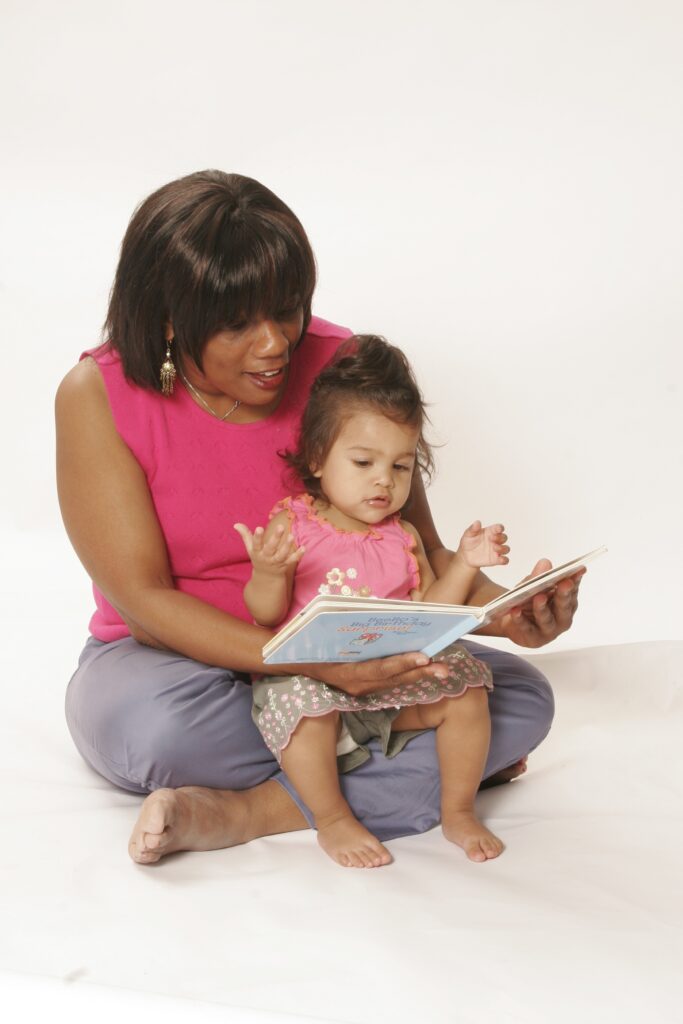Posts Tagged ‘Early communication’
Doula and Certified Baby Signs® Instructor: Naima Bond’s Impactful Story in Atlanta
In the bustling city of Atlanta, Georgia, a passionate advocate for early communication and infant development shines through – Naima Bond. With a background deeply rooted in early intervention, Naima has become a trusted certified Baby Signs® Instructor, bringing her wealth of knowledge to parents and educators alike. Let’s delve into her journey and discover…
Read MoreBuilding Connections: Integrating Baby Signs® into Professional Practice with Infants and Toddlers
In the realm of early intervention, effective communication is the cornerstone of success. For professionals working with infants and toddlers, the Baby Signs® program has emerged as a transformative tool, providing a unique approach to bridge the communication gap before verbal language development. In this blog post, we’ll delve into practical strategies and insights on…
Read MoreSigns of Success: A Decade in the World of Baby Signs® with Christine Taylor
In the bustling world of parenting, finding effective ways to communicate with infants and toddlers can be challenging. However, certified Baby Signs® instructor Christine Taylor has made it her mission to empower parents and caregivers with the tools to give their little ones a “voice” before they can speak. Let’s delve into Christine’s journey, experience,…
Read MoreHelping Children Cope with Disaster and Crisis
Linda Acredolo, Ph.D.Co-founder, the Baby Signs® Program It seems whenever one turns on the TV these days there’s news of another disaster, whether hurricanes, earthquakes, floods, fires, terrorist attacks, war or personal crises. Given how sensitive children are to the emotional atmosphere at their home, it’s very important for parents to be aware of the impact…
Read MoreMaking a Difference in the Lives of Babies: The Path to Becoming a Certified Baby Signs® Instructor
In a world where communication is key, helping babies express themselves before they can speak has become a revolutionary concept. Enter the realm of Baby Signs®, a program designed to empower infants with the ability to communicate through simple signs before they utter their first words. If you’re passionate about early childhood development and communication,…
Read MoreNew Year’s Resolution: Potty Time!
The new year is closing in on us and, if you’re like me, your mind is gravitating toward “New Year’s Resolutions.” (It’s a given that two of mine will be to exercise more and eat less—and this year I mean it!) But as I let my mind drift back, it returns to a New Years…
Read MoreSign and Rhyme for Winter
Children of all ages love songs and rhymes that include “finger play.” Why else would “Itsy Bitsy Spider” have maintained its popularity for generation after generation of children? The nice thing is that finger play rhymes have the added advantage of helping teach babies, toddlers, and preschoolers useful signs that can enable them to communicate…
Read MoreBringing Joy to the Holidays with Baby Signs® A Festive Guide to Communication
The holiday season is a magical time filled with twinkling lights, festive decorations, and the joy of spending time with loved ones. As parents, we often seek unique ways to make these moments even more special for our little ones. One delightful approach to enhance your holiday experience is by incorporating the Baby Signs® Program…
Read MoreStranger Anxiety: A Holiday Hazard
Some of my most enduring memories of Christmas with my own children were the annual visits with Santa. Born in the fall and still babes-in-arms by Christmas, their first experiences with Santa were uneventful. Things had changed dramatically, however, by Christmas #2–when the kids were about 15 months old. They would have nothing to do…
Read More“Signs” of the Holidays!
What the holidays mean for many of us is the opportunity to get together with family and friends to reminisce about times past and to make good memories for the future. In many families these celebrations are made even sweeter by the addition of babies and toddlers who still have stars in their eyes when…
Read MoreEnhancing Mealtime Joy: The Magic of Baby Signs® During Holidays
Harmonizing Holidays: Baby Signs® for Joyful Mealtime Communication Mealtime with little ones can be a delightful yet challenging experience, especially during holidays when families gather to celebrate. As parents, we constantly seek ways to make these moments more enjoyable and meaningful for our children. One fantastic tool that can transform mealtime into a language-rich and…
Read MoreCommunicate, Connect, Thrive: Maricar’s Journey as a Baby Signs® Instructor and Postpartum Doula
Meet Maricar, a passionate and dedicated Baby Signs® certified instructor from Along Came A Doula LLC. Born in San Francisco, she later moved to San Diego and eventually found herself in Northern Virginia, where she currently resides. Maricar’s journey into teaching Baby Signs® classes began with a fascination for the powerful communication tool that she…
Read MoreMaria Bornacini’s Baby Signs® Journey in Mexico
Empowering Communication and Bonding Communication is a fundamental aspect of human connection, and for infants, it’s their window to the world. Enter Baby Signs®, a program that has been transforming the way babies and their caregivers communicate. In Mexico, Maria Bornacini is taking the lead as a Baby Signs® International Partner, making a significant impact…
Read MoreThe Baby Signs® Program: A Movement Built on a Solid Foundation
Linda Acredolo, Ph.D. ,Professor Emeritus, UC Davis Susan Goodwyn, Ph.D. Professor Emeritus, CSU Stanislaus Why Sign Language for Babies? There’s nothing more heart-wrenching than hearing a baby cry and not knowing why. The problem for babies is with the painstakingly slow development of the ability to produce words. Fortunately, babies are a good deal more…
Read MoreThe Power of Sign Language for Adopted Children
Adoption is a profound and beautiful way of creating families, and it comes with its unique set of challenges. Children who are adopted may have experienced trauma or disrupted early attachments, which can impact their ability to communicate effectively. One tool that has proven to be incredibly beneficial in helping these children bridge the gap…
Read More
